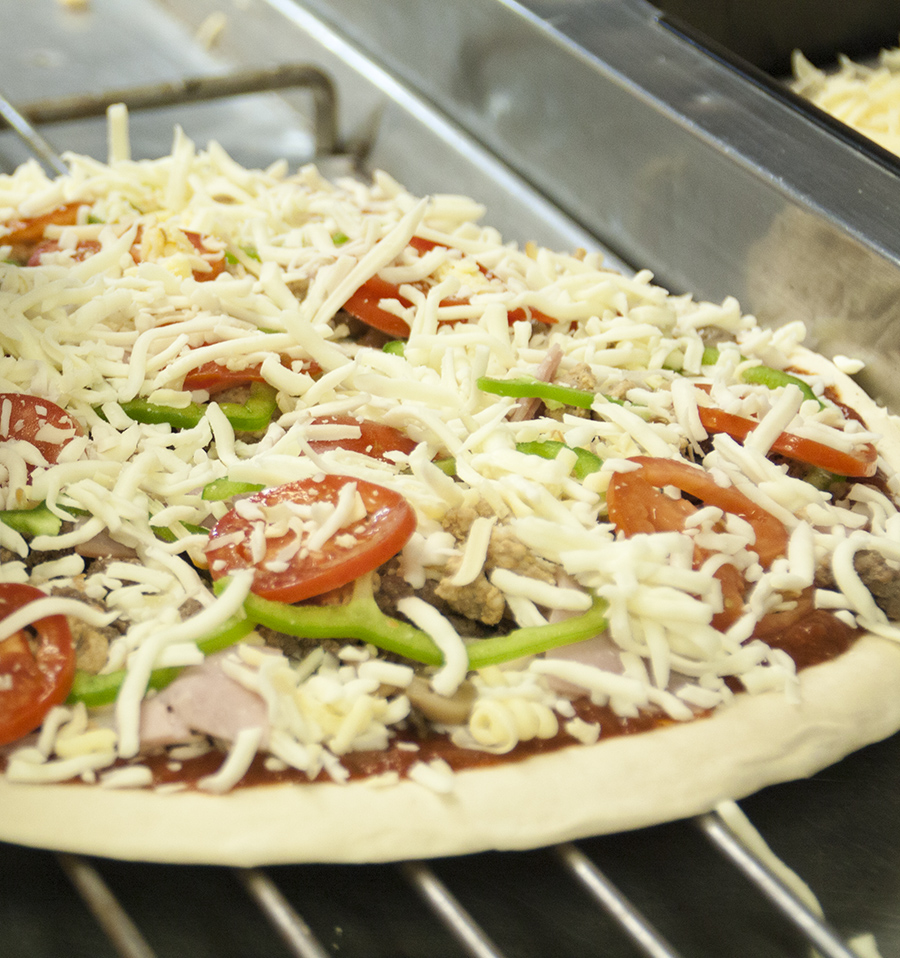
It shouldn’t come as a surprise that cheese is a critical ingredient at Ultimate California Pizza. There are eight different types of cheese on our menu and it finds its way onto 88% of our menu items. Sometimes you will even find more than one type of cheese on an offering. Cheese provides flavor, texture, visual appeal, and tastebud pleasure! We can all agree on why we need cheese but have you ever wondered how it is made? This month we are going to explore exactly that!
In the United States, cheese typically comes from cows. However, in other parts of the world, you will find dairy products from goats, buffalo, sheep, camels, reindeer, and even yaks. But how does a bucket of milk become cheese?
Think about what happens to milk if you accidentally leave it on the counter, or let it sit in the refrigerator well beyond its “use by” date. The milk curdles because of the proteins it contains. These proteins, casein, and whey, are the reason milk becomes chunky and the consistency becomes more like liquid cheese when the bacteria react with these proteins. Bacteria digest the sugars in the milk causing lactic acid. The lactic acid causes the casein to curdle and sour.
The process of cheese making is very similar, except for the important fact that it is done intentionally.
Most cheese that is readily available in stores is made by a factory. They start by pouring large quantities of milk into huge containers. Workers intentionally add specific amounts of bacteria to the milk to start the culture process of turning the lactose into lactic acid. After this process is started, an enzyme called rennet is added to curdle the milk. While this enzyme has origins that may turn your stomach, the product that is used now is yeast that has been genetically developed to make the enzyme.
Once the casein has curdled, the whey is left behind as a thin, watery liquid. The liquid is removed, and then salt is added. They then cut the curds into smaller pieces and then heated up to release even more whey. This is done a few times. Each time the whey is drained off. Eventually, you are left with clumps of casein. Those clumps are then pressed into a mold and left to age, or dry, for various amounts of time.
Look, smell and taste depend on many different factors: type of animal the milk came from, what the animal ate, what bacteria was used to start the culture process, how the cheese was processed, how long the process takes, the number of times the whey is drained off, and other outside influences.
For example, Swiss cheese is made with bacteria that produce carbon dioxide (CO2) when it digests lactose. The bubbles of CO2 are what create the holes in the cheese. Mozzarella cheese has a stringy quality because it is kneaded like dough before being formed into its final shape.
While the process is really interesting, at Ultimate California Pizza, we are mostly concerned with how it tastes and how it interacts with our other ingredients to provide the best-tasting pizza possible. We are grateful for the companies that make delicious cheese that we get to use to top our pizzas.
We want to know: Did you know how cheese was made? If you didn’t, does it change the way you think about cheese now?
To see all the cheese options on our menu, or to check out our menu offerings, visit us online here.
If you enjoyed reading this blog and are interested in checking out more of our topics, check out our blog page here.
Do you follow us on social media? No! Find us here:
Information for this blog post was gathered from a variety of resources:

Recent Comments